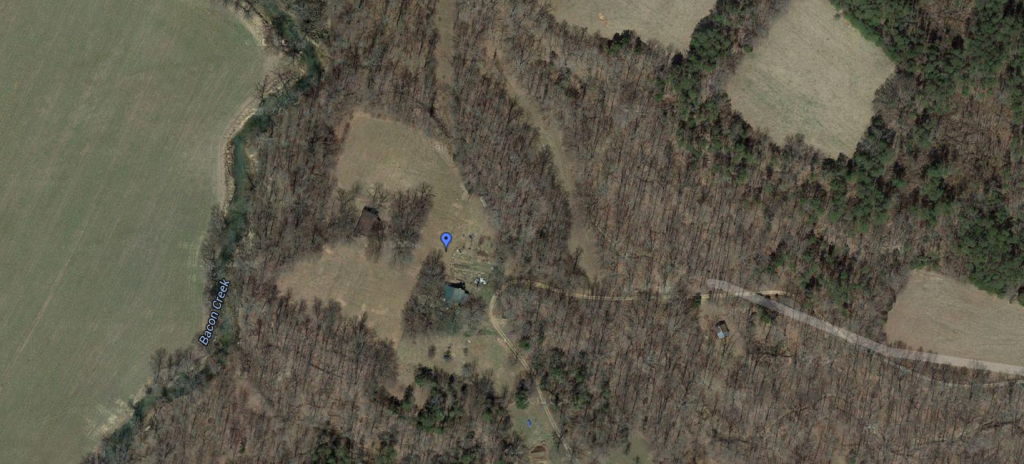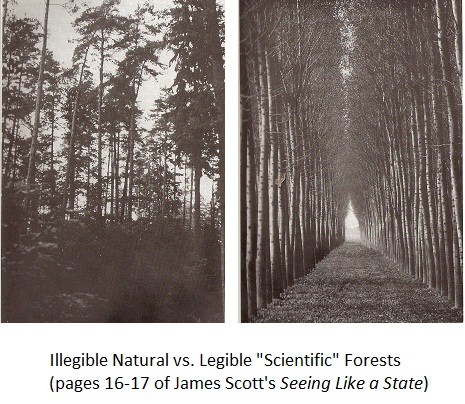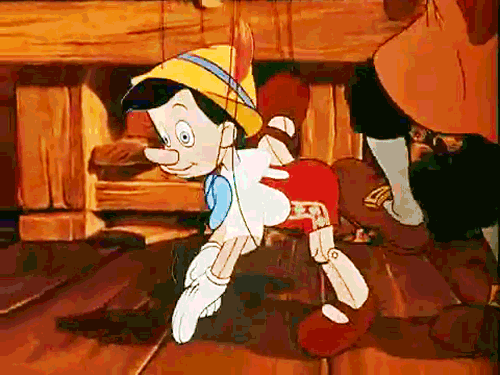This post started off as a very short comment on the chart below. It has become the monster below. Please, dear reader, forgive me, but please read me. I need all the help I can get.
Audrey Watters has a salutary chart in her most recent blog post at HackEducation. The chart below is a summing up of the Horizon Reports 2004-2015. So pretty. I am so glad she made it all so legible. There are many stories in here to be teased out and philosophical assumptions to be spoken to. A steaming pile of ramen and soup to eat!
Watters argues that the chart’s accuracy, Horizon’s batting average, is not so important as what Horizon’s imaginative ‘process’ reveals about how the story of ed-tech is told. I, too, am interested in both the failures and successes of the Horizon imagination, but where does it go from there. What does the use of wikis and their transparency reveal? Just because we can see the inner machinations of the experts panels at Horizon, that ‘information’ does not speak for itself. It is the story we tell with the data, it is the signal we filter from that dogpile of noisy puppies that is what Watters is interested in. My question is this: is our current narrative about this dogpile up to the task. Do we need a new way of imagining the story in order to tell the new ed tech story? Can we proceed to imagine a future from the past or must we imagine that future from the future? What I ask goes to the heart of what ‘history’ and ‘imagination’ mean to the idea of narrative and who should tell the story of any future.
“Those who do not remember the past are condemned to repeat it.”~G. Santayana
“No man ever steps in the same river twice, for it’s not the same river and he’s not the same man.”~Heraclitus
Should Santayana or Heraclitus tell it? Does the past dispose of the future, condemning us to repeat it in some Fated endless recursion or is the future’s story told by the imagination as we take unique steps toward what we invoke from that future? I think that I would prefer the story was told by Heraclitus not Santayana.
Consider the chart above. I love charts. I love teasing out the stories in them. I love how they sum up. For example, you would expect that the items that appear in the “Four to Five Years Out” column for 2004 would begin to appear in 2008 and 2009. Do they? I don’t know for sure. Sometimes the terms that Horizon uses to couch their predictions is much like that of palm readers and horoscope diviners–wide enough to apply across a wide swath of the adjacent possible but really the frailest of signals. They don’t appear to tell much of a story. I really don’t think that is Horizon’s purpose. They understand the future in Santayanan terms-past is prologue to future. They mine what has happened and they think that this is enough. But what if they wrote their narratives with the idea of delineating lots of possible paths to the future or even better showing others how they might imagine that future into being. That would be a very different narrative. It would inevitably have some figurative elements to it. Metaphor, metonymy, analogy, as well as humility and a rich capacity to prefigure instead of configure the future. Poetry? Cinema? Multigenre narrative? Next generation Monte Carlo simulators? Black Swan machines?
Yes, when I see the realm of the possible and their adjacencies as a way of telling the edtech story then I find myself radically bored by Santayana’s crew at Horizon even at what seems only short time jaunts of a year. By the by, why don’t they ever go out two weeks or two days. Prediction is prediction, right? But that is my point. There purpose is not to foretell but rather to argue.
This is to say nothing about the metaphor of the chart above. I see it as surveyed territory with metes and bounds. It is a platte book with ownership dilineated: ‘mobiles’ owning this field this year and then his daughter ‘mobile apps’ owning it another. Each edtech idea is contained and a property entire unto itself. This way of telling the story is as handy as a pocket on a shirt, but it is also a handy ‘lie’. Ideas are very rarely self-contained. They are not atoms (or as Leibniz called them, monads). They are more like messy pieces of memetic code replicating willy nilly. And they are totally species agnostic as to who they have sex with.

As a farmer, when I see this chart I think of a farm with regular fence fields. But I know when I get my muck boots out on them they become irregular in elevation and in what grows best in them and what flora and fauna haunt their margins and a multiplicity of need and purpose. And I see that some of those fences will have to go and that I will need a pond here or some drains there. I see the chart above in much the same way. I have made the world what James C. Scott termed ‘legibile’.
Venkat Rao has written about this better than I can. I recommend him, but I can borrow an image from Scott that says it all.
The chart is a rationalization of the state of edtech. It is analogous to the forest above on the reader’s right. Rao sums up this recipe below (apologies for the long quote):
Scott calls the thinking style behind the failure mode “authoritarian high modernism,” …
Here is the recipe:
- Look at a complex and confusing reality, such as the social dynamics of an old city
- Fail to understand all the subtleties of how the complex reality works
- Attribute that failure to the irrationality of what you are looking at, rather than your own limitations
- Come up with an idealized blank-slate vision of what that reality ought to look like
- Argue that the relative simplicity and platonic orderliness of the vision represents rationality
- Use authoritarian power to impose that vision, by demolishing the old reality if necessary
- Watch your rational Utopia fail horribly
The big mistake in this pattern of failure is projecting your subjective lack of comprehension onto the object you are looking at, as “irrationality.” We make this mistake because we are tempted by a desire for legibility.
What the Horizon Report does is create a blank slate reality and then projects onto what it must view as a blank slate future. Of course it is a failure, but as you will note in the final two bullet points, there are some very practical political realities that can arise from the blank slate. Its very process can lead to ever greater failures. Has it? Now that is an interesting story to tell: who has relied on this report to make future going policy decisions of consequence?
I look forward to Watters’ other shoe to drop on this. I do not like the dreamfield that I see in the chart. It is potentially a map for control. And to gain control you have to dumb down the narrative. Where there are guardians of the narrative there are uncast shadows and strings leading straight up to we know not who. A worry. Yes?


